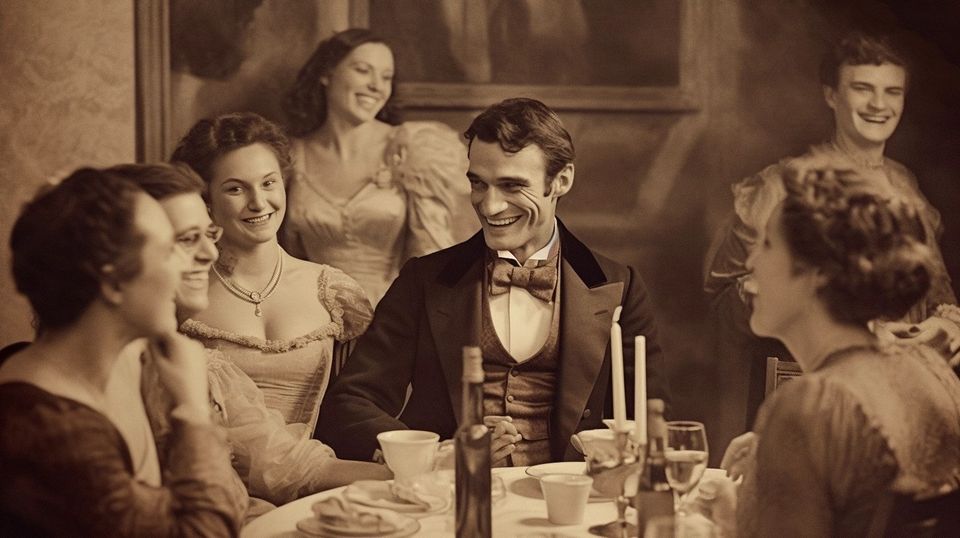Mythologizing Lincoln, Then and Now

Although both the Northwest Ordinance of 1787 and the Illinois state constitution prohibited slavery, that didn't stop some white settlers from using "apprenticeship" as a workaround. And Lincoln's familiarity with how the so-called indentured servitude of African Americans worked in Illinois likely informed his proposals for "temporary arrangements" as he attempted to develop reconstruction policies in 1863.
Paul D. Escott's book What Shall We Do With the Negro? Lincoln, White Racism, and Civil War America shifts back and forth between the North and South and how they proposed to answer that question. He covers the Confederate debate during the Civil War on arming and emancipating slaves, which is addressed in book-length form in Robert F. Durden's The Gray and the Black and Bruce Levine's Confederate Emancipation. But his observations on the postbellum mythologizing of Abraham Lincoln are especially incisive and worth considering.
Since the Civil War, most Americans also have avoided looking at that era objectively. Despite various historical accounts, popular culture has preferred a mythical version of events, thus depriving the collective historical consciousness of a full recognition of American problems. The burnishing of facts began early. When Lincoln was assassinated, prominent Republicans rapidly turned him into a martyr in order to promote the party’s electoral interests. Since then, but in similar fashion, American culture has made Lincoln into an icon in order to inspire progress, banish insecurities, or assuage disappointment over national problems. With the support of too many historians, almost every human virtue has been attributed to him, so that his image functions as a symbol of the nation’s inherent virtue and unlimited promise. Lincoln “became the deity of American civil religion,” in the words of James McPherson, who has himself taken a very positive view of Lincoln’s positions on race. Another recent essayist noted that “the semi-divine status of Lincoln in American history” is a cultural fact. Writers discuss his ‘words with the “exegetical exactitude” that others “give to fine-point disputes about the words and tales of Jesus and his apostles.” In scores of surveys Lincoln’s name habitually heads the list of the greatest presidents.
When historians have turned from ranking presidents to interpreting the Civil War, their views of Lincoln have followed the abiding concerns of their time. Every historical work is the product of a given time and place, but it is striking how the mythical figure of Lincoln has taken different forms as racial attitudes in the United States have changed. By the early 1900s the once-defeated South had prevailed in that era’s struggle over racial opinions, and Northerners came to accept the view that Reconstruction’s attempts to make black people equal under the law had been a great mistake. Leading historians “openly assumed the hopeless inferiority of the Negro” and condemned Reconstruction. This interpretation, wrote Don E. Fehrenbacher, “was in perfect harmony with the apotheosis of Abraham Lincoln, who had saved the union and freed the slaves, but who presumably would have opposed Radical Reconstruction.” Thus, Lincoln was seen as wise and virtuous to conciliate Southern whites. His racial attitudes were either treated as less important, because blacks were seen as undeserving, or praised for being realistic and not egalitarian. Later, with the rise of the civil rights movement and increased concern over racial injustice, the dominant image of Lincoln became that of a tender-hearted “Great Emancipator.” Then his antislavery views, his role in freeing the slaves, and his graciousness to men like Frederick Douglass became far more important than his overtures to rebellious Confederates. The Lincoln icon came to emphasize a leader who was unprejudiced and yearned for justice. Thus, the image of Lincoln has changed with changes in public attitudes. Americans have used him as a talisman to further the pressing concerns of different periods.
In recent years, the need to see Lincoln as a racial egalitarian has continued to predominate in popular understanding and in bestsellers that treat him as wise, humane, and virtually without fault. Some writers have acknowledged the ambiguities, complexity, or prejudice in certain of Lincoln's statements, only to argue that Lincoln was purposely obscuring his belief in racial equality for strategic purposes, in order to confuse his opposition. In this formulation, he was actually “a moral visionary” and “fervent idealist” who cloaked his designs in “some very crafty methods” as “an artist in the Machiavellian uses 34 of power.” ‘With such arguments every ambiguity, even contradictions, can be interpreted favorably in support of the iconic image. To attribute wisdom, boldness, or modern racial viewpoints to Lincoln, other writers have lavished extravagant praise on his slightest actions while minimizing or ignoring important and consistently held policies. This phenomenon wrenches Lincoln from his historical context, slights his human nature, and impairs our understanding of the nation’s history. It sets aside the actual limitations in his policy positions, and for an intelligent understanding of race in U.S. history the proof lies in the policies, not in supposed but secret noble intentions.
See you next post. If you'd like to get these delivered to your inbox (for free), hit the subscribe button and enter your email address. You may need to check your spam folder for the confirmation email, but I'll never spam you or share your address. You'll just get these posts with the video embedded.
